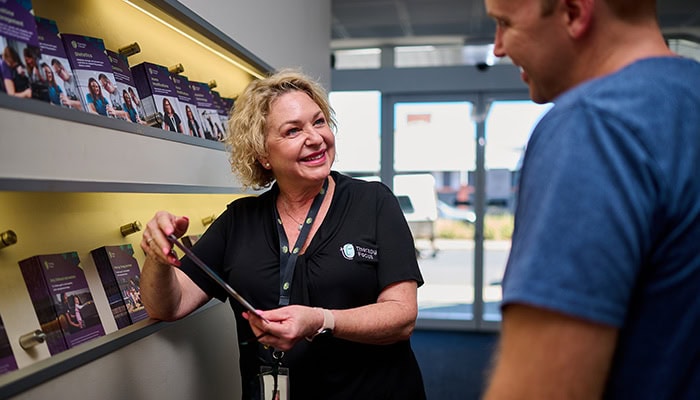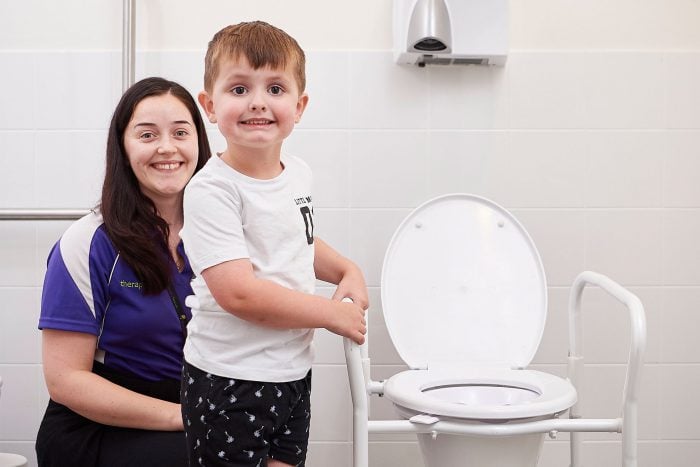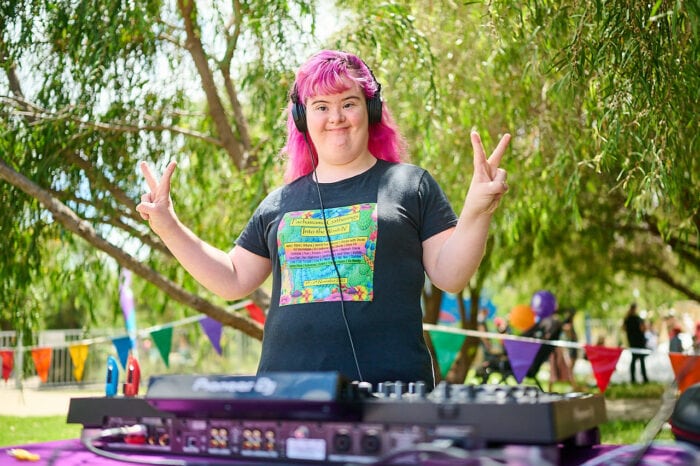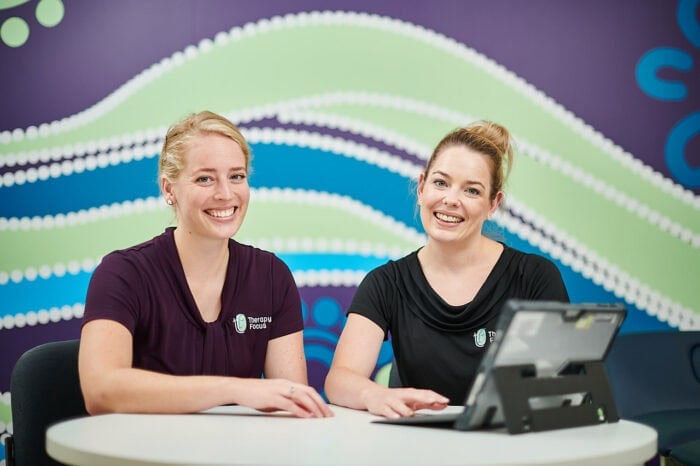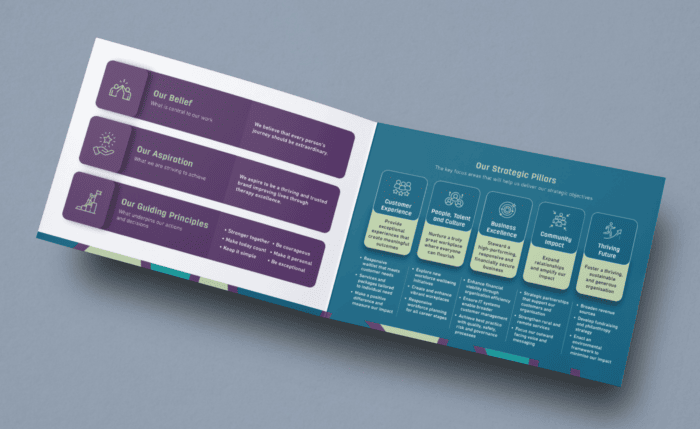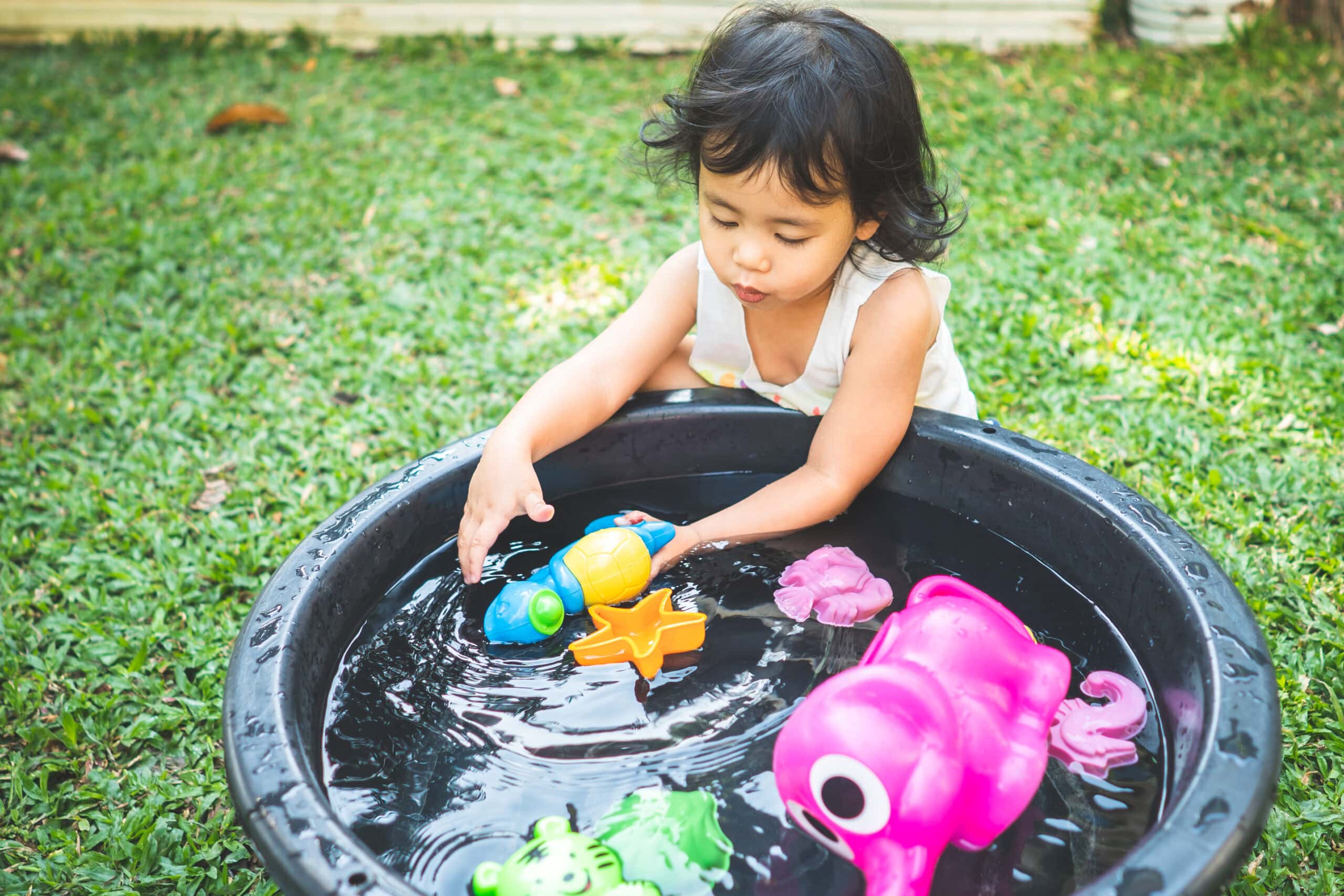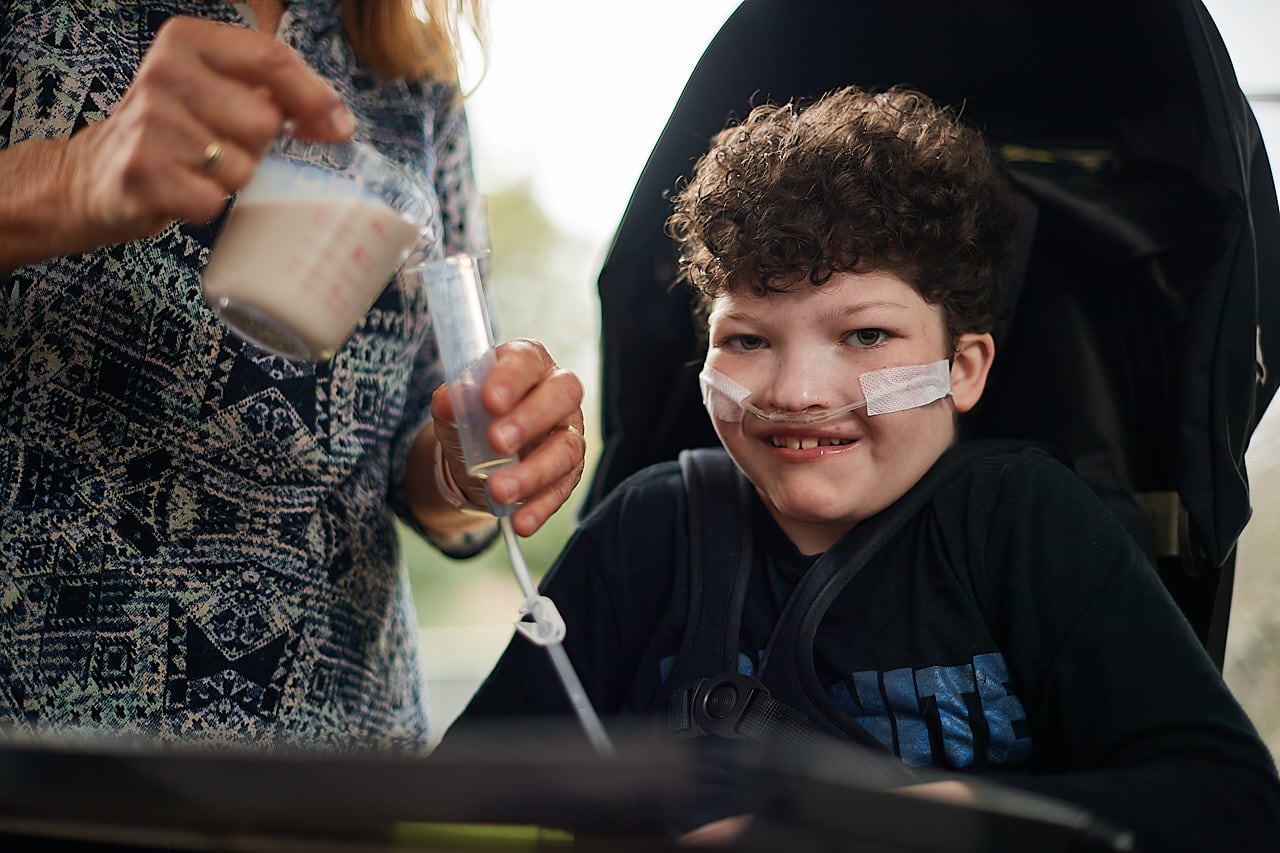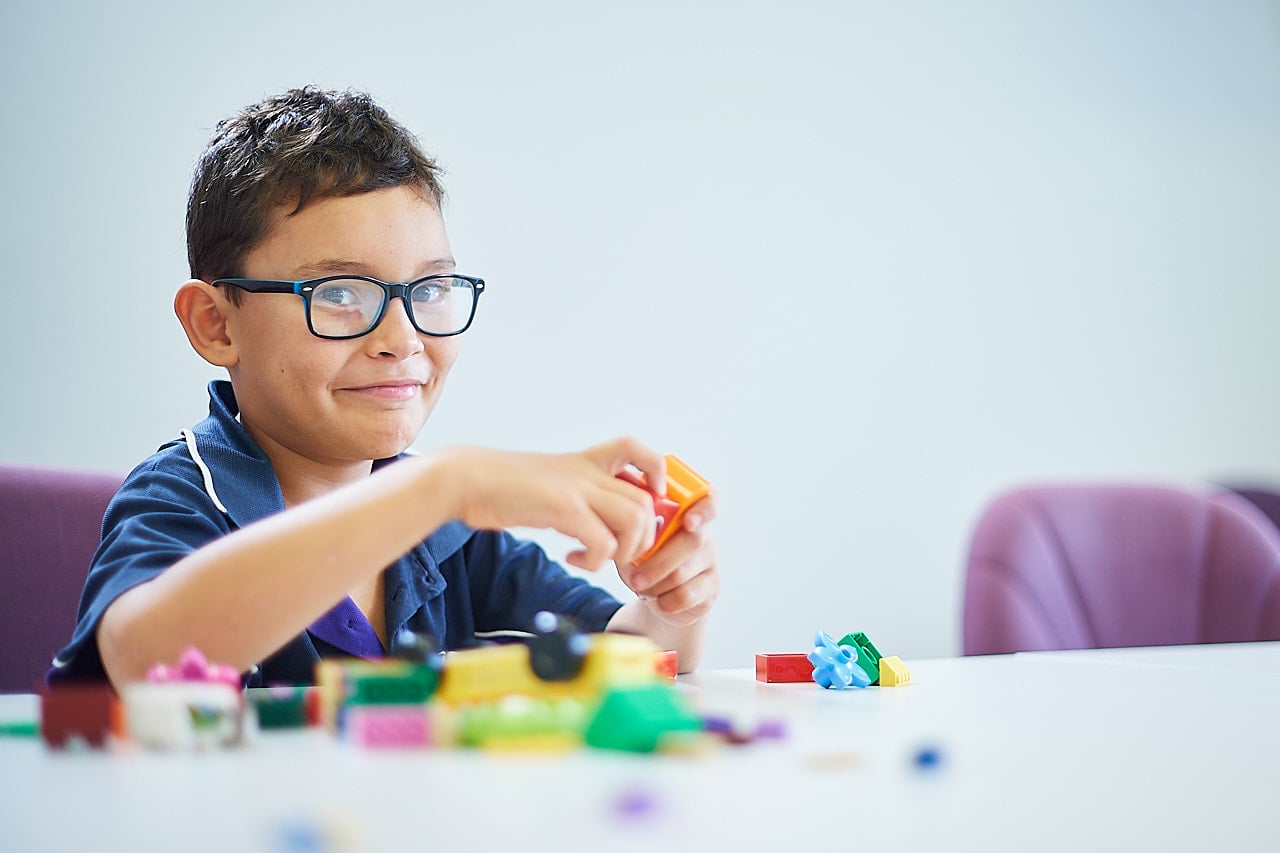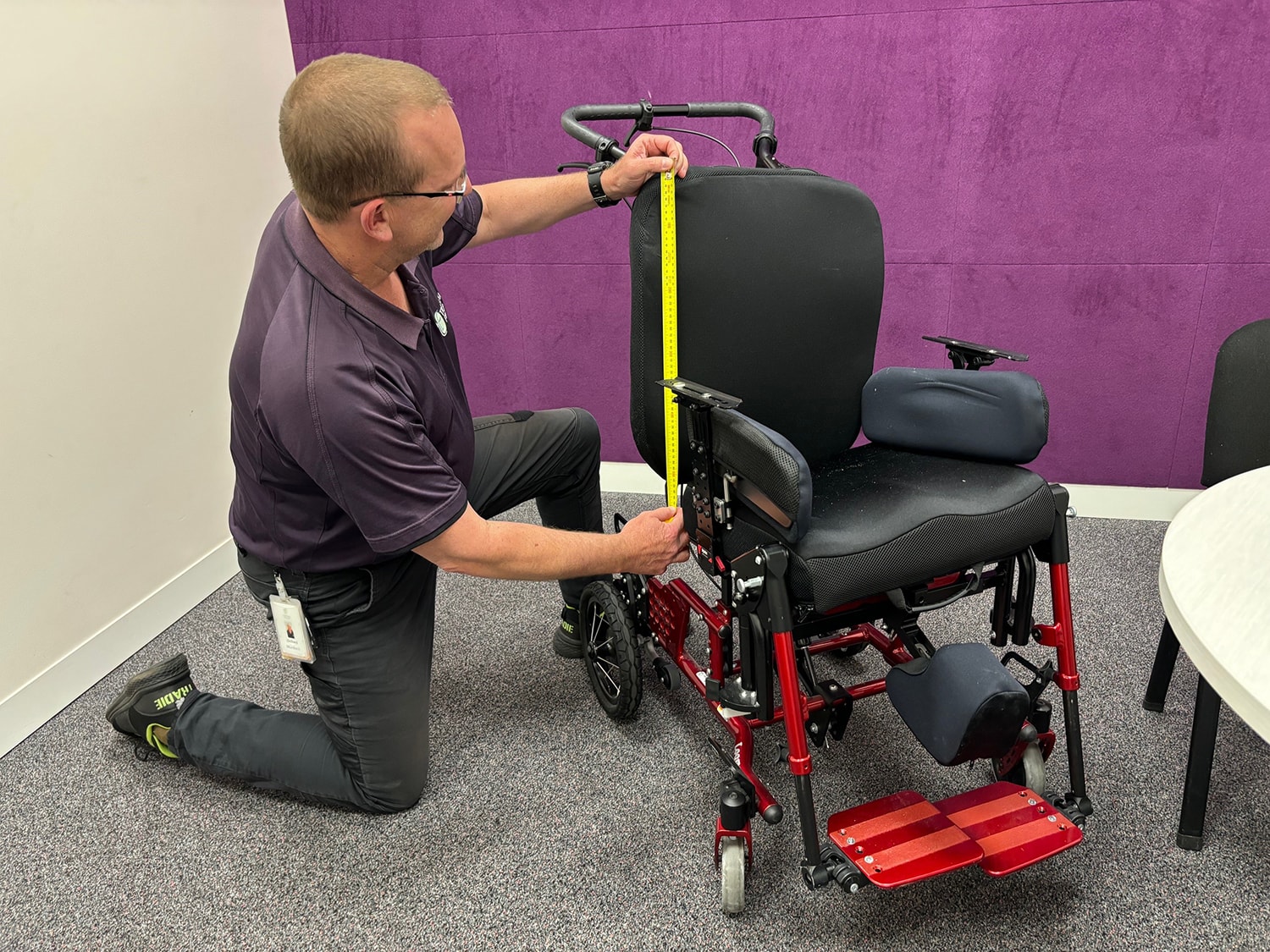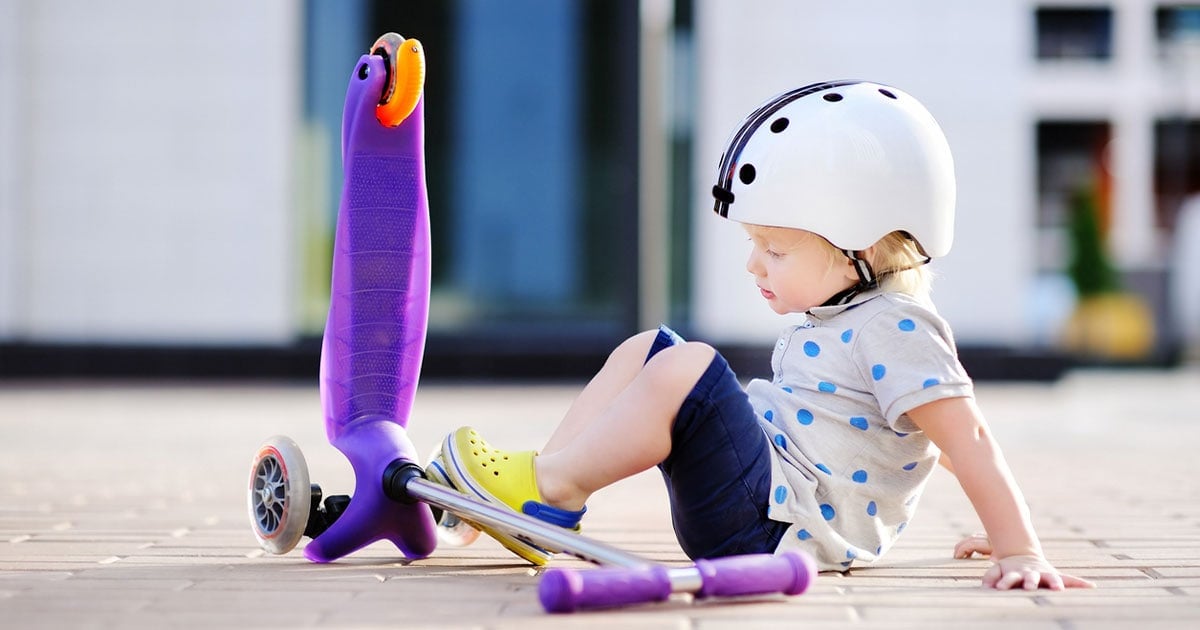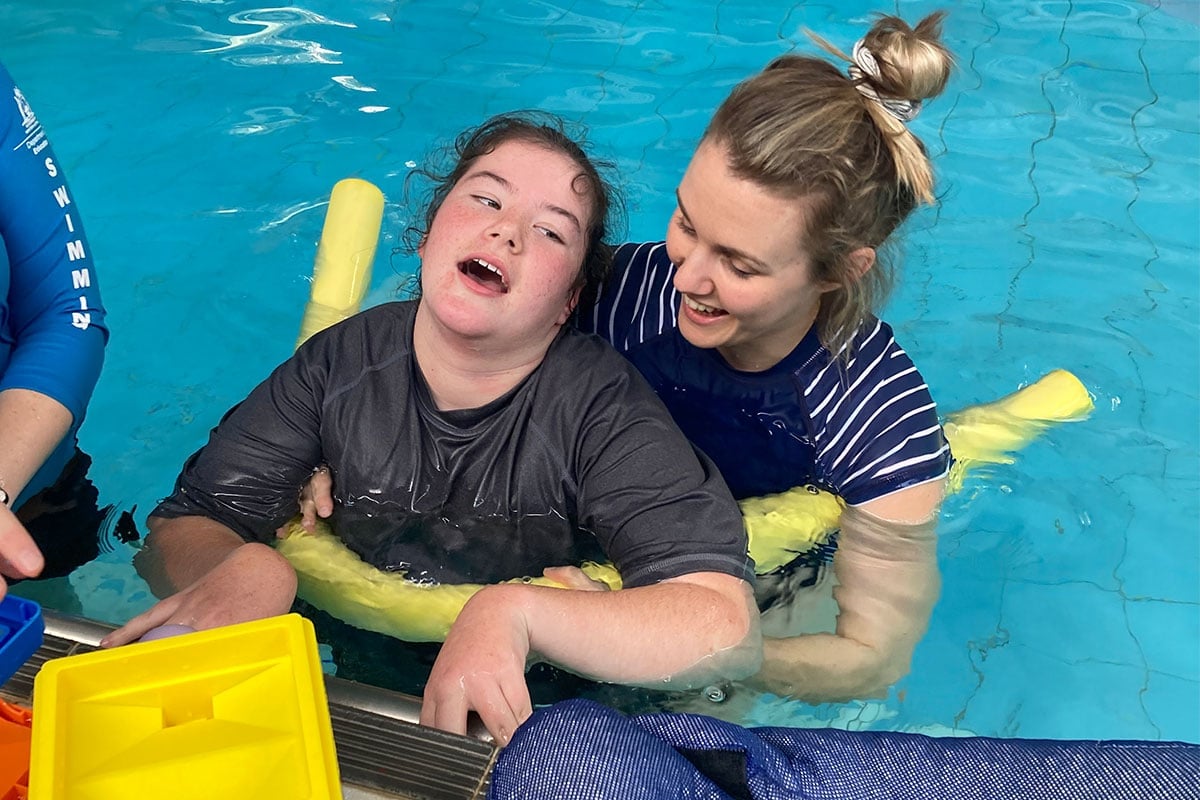The importance of social inclusion
So, what is social inclusion? And how can we achieve a healthy social life?
Social inclusion involves having a sense of the following:
- Feeling connected to other people.
- Feeling supported when things are tough.
- Feeling important enough to be considered by others, have a say and be listened to
- Feeling like you are part of something bigger than you.
Doing, Being, Becoming and Belonging
The idea of social inclusion can be taken further by considering the following concepts:
- What can I DO, where and how can I do it? Think art, archery or acting; bike-riding, bocce or ballet-dancing; collecting, craft or canoeing. The opportunities are endless!
- What can I BE? Are you a student, friend, neighbour, employee, team member, volunteer or a citizen?
- Who can I BECOME? Every day the choices we make and the experiences we have will help to shape who we become.
- Where can I BELONG? Develop and share your interests with others. Committing to a project or group helps to build relationships with like-minded people. This helps us to feel like we connect with others and belong.
Are you looking for ways to feel included?
Try having a conversation with a family member, friend or your therapist. They can help identify where new opportunities might lie and what support you might need.
Below are some questions you might like to discuss:
- Do you think you are as healthy as you can be? If not, what might help you to improve in this area?
- How do you feel about yourself? What are your positives and strengths you would like to build on?
- Do you let people know when you want to do something, or do you keep quiet? What might help you to improve in this area?
- Do you have enough help to do the things you want to do?
- Would you like to have more choice and be able to make more decisions about your life, what, where, when and how you do things?
- How are your relationships with family, friends and others? Are there people that you would like to see more of?
- Would you like to get out more and meet new people and build a circle of friends?
- If you were to go out, where would you like to go?
- Is there anything stopping you from going out? If yes, what can be done to make it easier to get out?
- Would you like to change where you live or who you live with?
- Are you still learning? Is there something that you would like to learn?
- Do you have a job that you enjoy? If not, what work would you like to do?
- How can you make a difference in your world and the lives of others?
Finding your ‘just right’ level of social inclusion might give you a new reason to jump out of bed in the morning with a spring in your step!
Social inclusion tips for parents and carers:
- Start early
- Be a role model
- Knock on doors, ask questions.
- Seek advice, ideas and support from your children’s school, service providers, other parents, employers, communities and decision-makers
- Open the door to new opportunities for your child/person in your care.
Want to know more?
We’re always here to help. If you would like more information on social inclusion call us on 1300 135 373.

